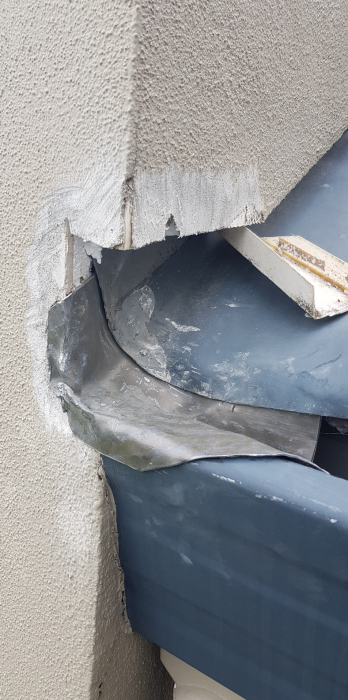Stop end offset
Failure to continue hidden flashing into gutter
This detail is not that common but illustrates the problem. The apron is actually a drain off from a valley further up the wall which could not be lifted up to where a conventional apron flashing would be installed. The apron is therefore back 40mm allowing for the Insulclad. The white is the polystyrene sheets not even plastered. The issue was the butynol was not turned out into the gutter correctly so water just ran in behind it and into the wall.
The gutter is a Taylor Fascia. The white in the end is a tube of sealant applied at some time. Why? Because it would have leaked as water had a direct pathway in behind the Insulclad. The sealant would have worked for a while, but then loses its adhesion, shrinks back, cracks and leaks. The downside is the framing is untreated so the first leak started the decay process which went dormant until the sealant failed and then its all over.
The owner sold. New owner has no record of this work, has no understanding of what a stop end is, or what happens when the sealant cracks and needs immediate maintenance, or that it even needs maintenance, or that the decay is lying dormant to wreck havoc inside the walls.
The building code 'durability' is clear on this. Materials must remain durable with only normal maintenance. The question then is 'does normal maintenance require an owner to hire scaffolding to access this high stop end before every rain in case the sealant cracked'. NO it does not.
Sealant is not a substitute to a flashing. Good flashings do not need checking before every rain.
Regular painting does not fix this leak as the leak is behind the plaster.
Install moisture probes and you can have confidence stop ends are performing. If not follow the gallery below.
 logo
logo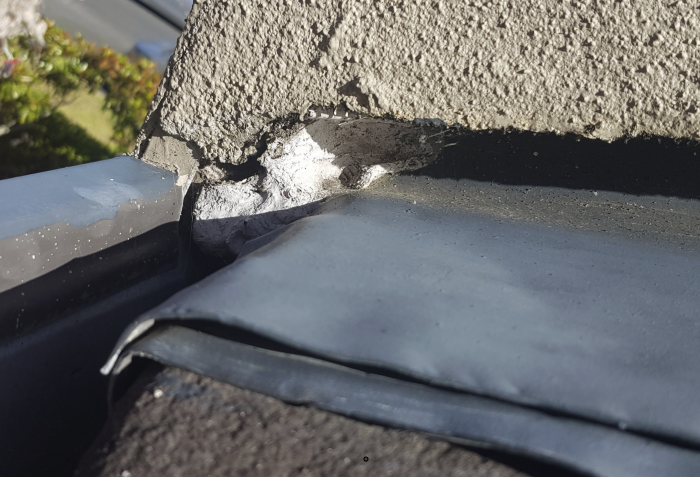
 Stop end rebuilding Folder
Stop end rebuilding Folder 01Stop end view
01Stop end view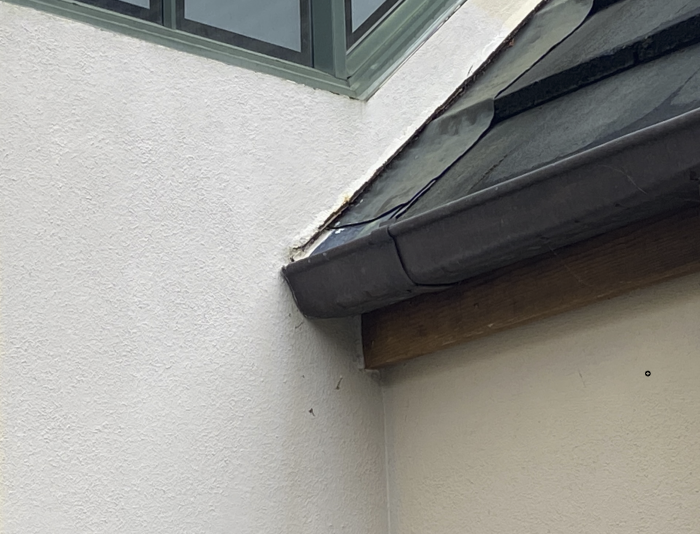
 02Stop end top view
02Stop end top view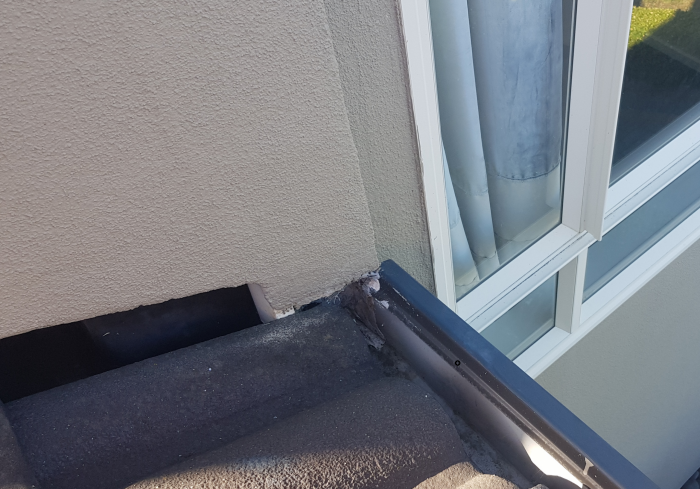
 03Stop end side view2
03Stop end side view2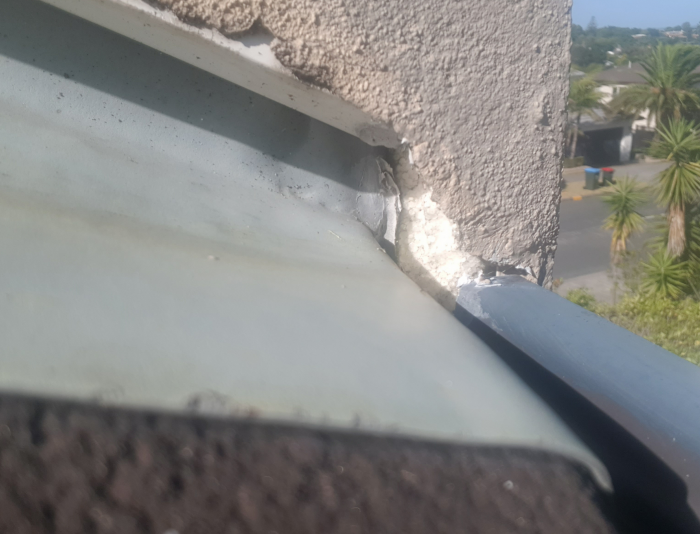
 04Stop end side view
04Stop end side view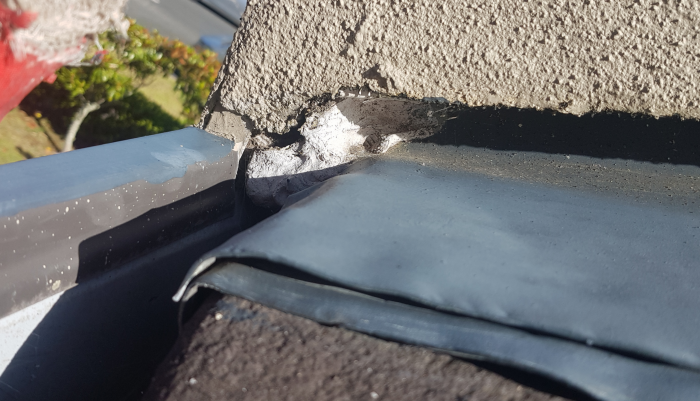
 10Stop end opened
10Stop end opened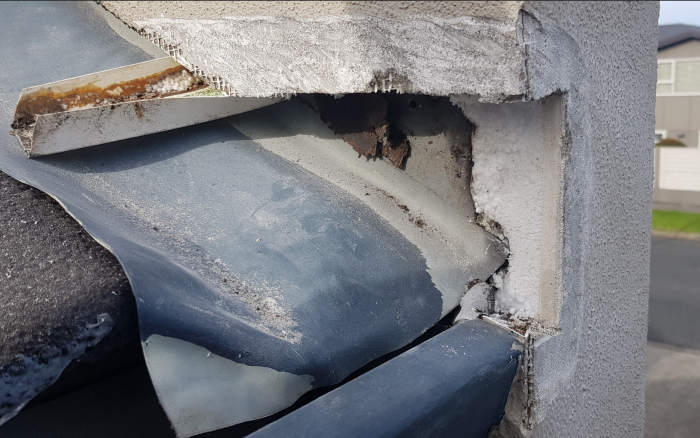
 20Stop end opened decayed untreated timber
20Stop end opened decayed untreated timber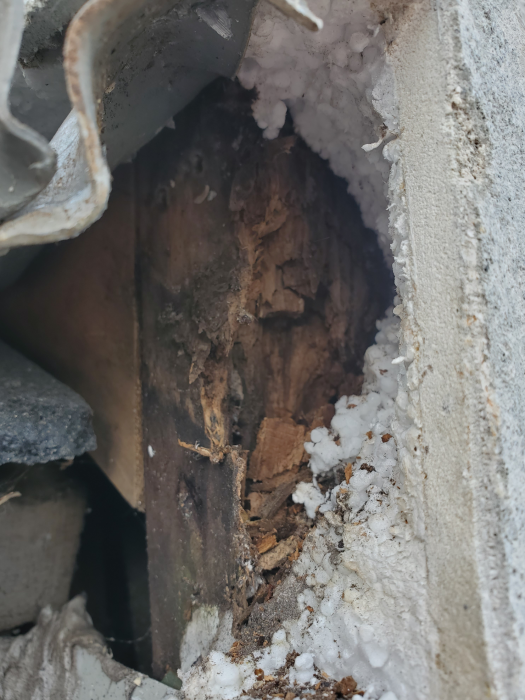
 30Stop end rebuilt2
30Stop end rebuilt2